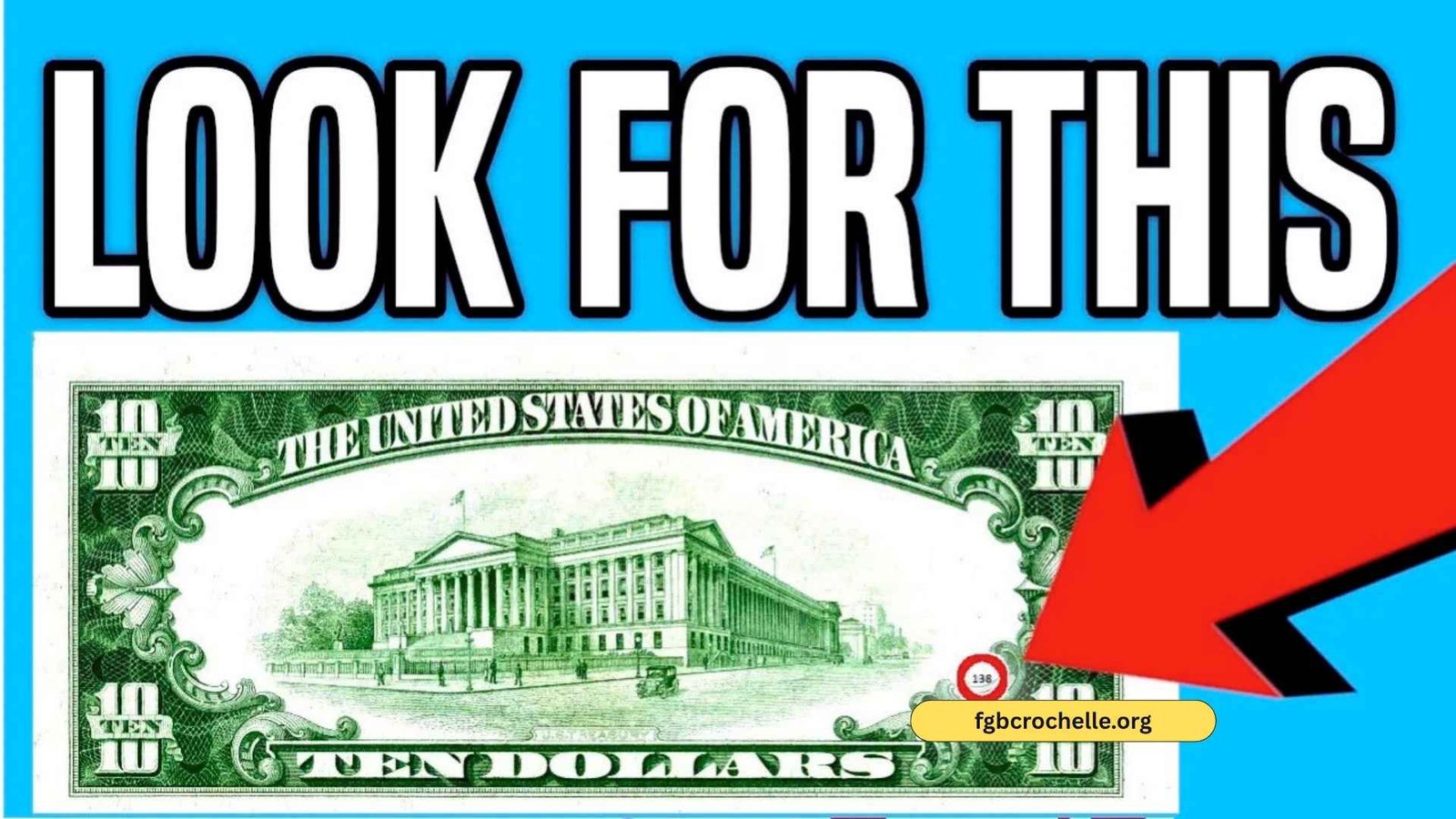Imagine finding a $10 bill in your pocket that’s worth a fortune. A rare double denomination error could turn pocket change into $88,000! This blog post unravels the mystery of these valuable bills, why they’re prized, and how to spot one. Keep reading for a surprising payoff!
What Is a Double Denomination Bill?
A double denomination bill is a rare printing mistake where a bill features two different denominations. Picture a $10 bill with a $1 bill’s back! These errors are collector’s gold due to their scarcity. Could your cash hide such a treasure? Let’s dive deeper.
The Fascinating History of Double Denomination Errors
Double denomination errors date back to early U.S. currency printing. In 1974, a batch of $10 bills was accidentally printed with $20 backs, slipping into circulation unnoticed. These mistakes, born from human or machine error at the Bureau of Engraving and Printing, are now numismatic legends.
| Year | Error Type | Details |
|---|---|---|
| 1974 | $20/$10 Error | $20 front, $10 back, sold for $23,000 in 2007 |
| 2021 | $10/$1 Error | $ flexed for $88,000 at auction |
Why These Bills Are Worth a Fortune Today
Why pay $88,000 for a $10 bill? Rarity and condition drive value. Only a handful of double denomination notes exist, making them prized by collectors. A recent Kansas find, a $10/$1 error, fetched $88,000 due to its pristine state and unique error. Check your wallet
How to Spot a $10 Double Denomination Bill
Spotting a double denomination error is simple yet thrilling:
- Check Front and Back: Does the front say $10 but the back $1?
- Inspect Details: Look for mismatched designs, like a $10 portrait with a $1 Treasury seal.
- Feel the Bill: Authentic U.S. currency has raised ink. Counterfeits often don’t. Take a moment before spending that $10 bill—it could be your jackpot
Mind-Blowing Facts About Rare Currency
- Only a few verified double denomination bills are known to exist.
- A 1933 $10 silver certificate with serial number “5” sold for over $10,000.
- Star notes, marked with a star in the serial, can double a bill’s value.
- A 2021 $10 bill with a double printing error fetched $39,000.
| Bill Type | Error | Value | Year Found |
|---|---|---|---|
| $10/$1 | Double Denomination | $88,000 | 2025 |
| $10 Silver | Low Serial Number | $10,000+ | 1933 |
| $10 Star Note | Replacement Error | Up to $19,550 | 1934 |
Expert Tips to Find and Authenticate Valuable Bills
- Examine Every Bill: Check $10 bills in your wallet, old cards, or cash drawers.
- Use a Magnifying Glass: Spot microprinting or mismatched details.
- Consult Experts: Contact PCGS or PMG for authentication.
- Preserve Condition: Don’t clean or fold—store in a protective sleeve.
- Check Serial Numbers: Low or unique serials boost value.
Frequently Asked Questions
Q: How rare are double denomination bills?
A: Extremely rare—only a handful are known, making them collector’s treasures.
Q: Can I spend a double denomination bill?
A: Yes, it’s legal tender, but its collectible value far exceeds face value. Keep it!
Q: How do I verify a $10 bill’s authenticity?
A: Use a UV light to check the security thread (orange for $10) or consult a professional.
Q: Where can I sell a rare $10 bill?
A: Auction houses like Heritage Auctions or certified dealers like PCGS are ideal.
Conclusion: Your Wallet Could Hold a Hidden Gem
A $10 bill might seem ordinary, but a double denomination error could be worth $88,000. These rare mistakes turn everyday cash into collector’s dreams. Next time you get change, flip that bill over. You might uncover a fortune! Share this post and check your wallet now!





1 thought on “Check That $10 Bill: It May Be a Double Denomination Worth $88,000”